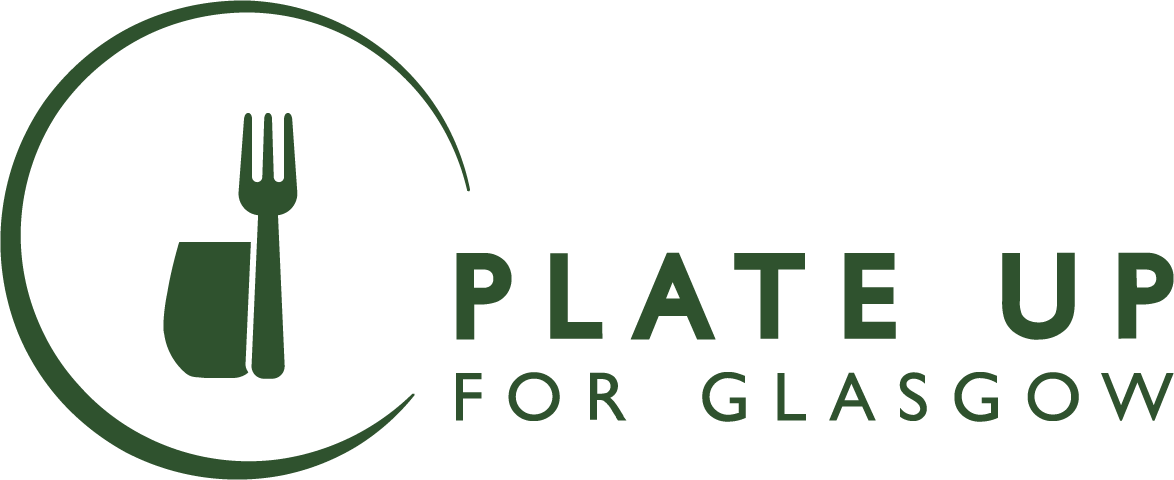Hospitality Toolkit
What is a Plate up for Glasgow ‘Food Hero’ dish or drink?
Throughout the campaign, we’re looking for venues to create innovative low-waste dishes and drinks from one of these four food waste reduction methods:
- Rethinking existing ingredients
- Showcasing unfashionable/unloved produce
- Making use of food preservation techniques
- Creating dishes from surplus food
Yes, but what exactly does that mean?
Below, we outline the parameters of what a Plate up for Glasgow ‘Food Hero’ dish or drink should feature. Your challenge is to come up with an offering that showcases these techniques.
We’ve also provided some examples to get your creative juices flowing, so that you can begin making a difference, one dish at a time.
Food
Throughout the campaign, we’re looking for venues to create innovative low-waste dishes from one of these four food waste reduction methods:
1) Rethinking existing menu ingredients
The aim is to show some love to the bits of ingredients that usually get chucked out. That could be anything from vegetable stalks to citrus peels.
Here are a few examples of how commonly wasted items can be spared from the bin:
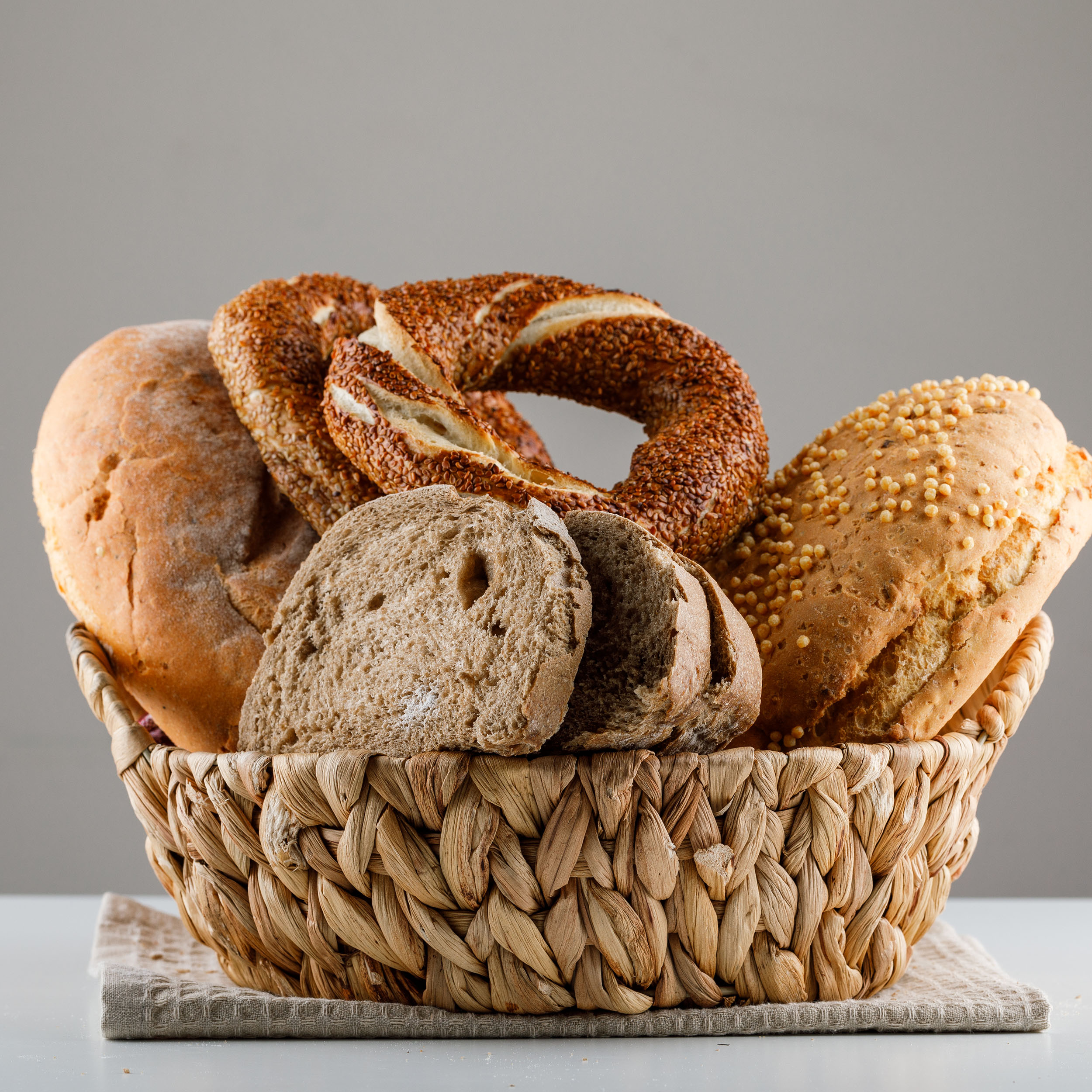
Menu item: Day old bread or bakery goods.
Example: Panzanella salad, bread and butter pudding. Find more ideas here.
Menu item: Vegetable leaves, stalks and skins
Example: Potato skin crackers, crispy cauliflower leaf 'wings'.
Menu item: Fruit skins and peels
Example: Banana skin curry, candied citrus peels, preserved lemon rinds.
For more recipe ideas with leftover ingredients, why not have a look at Love Food Hate Waste’s
Leftover Food Recipe Tool.
2) Showcasing unfashionable/unloved cuts of meat
The aim is to reduce food waste by making use of all parts of the animal. Cuts such as tongue, trotter and heart are bursting with flavour but increasingly out of favour with diners. Here are a few example dishes with lesser used cuts:
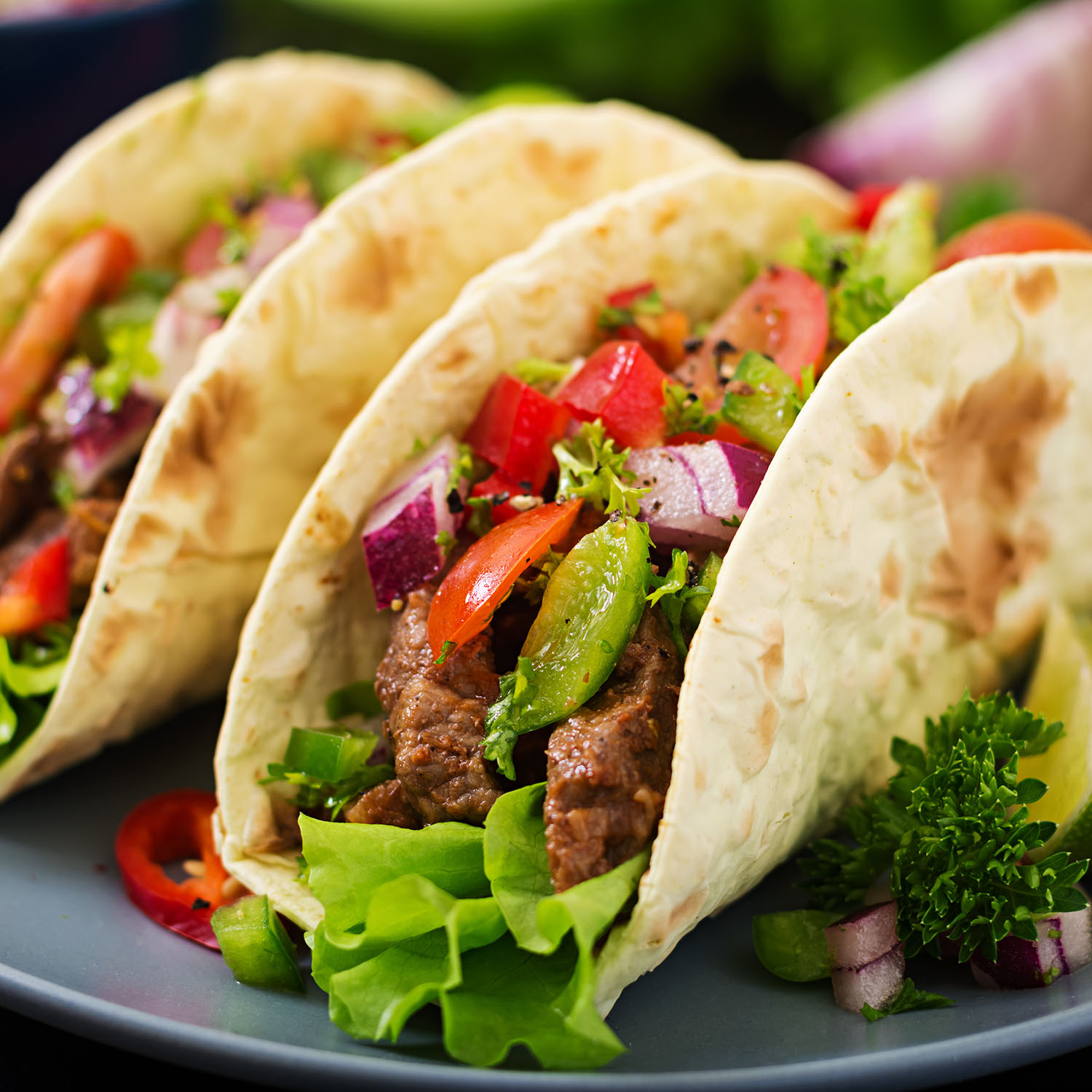
Cut: Tongue
Example: Beef tongue tacos, tongue-and-cheek pot stickers.
Cut: Heart
Example: Braised and stuffed lamb hearts, devilled duck hearts.
Cut: Liver
Example: Duck liver pâté, chicken liver dumplings, warm chicken liver salad.
3) Food preservation techniques
The aim is to identify ingredients that are perishing before they spoil and end up in the bin. Pickling, preserving, fermenting, drying and smoking are great ways to make your ingredients go the extra distance and add another flavour dimension.
Here are a few examples for reducing food waste by increasing product shelf life:
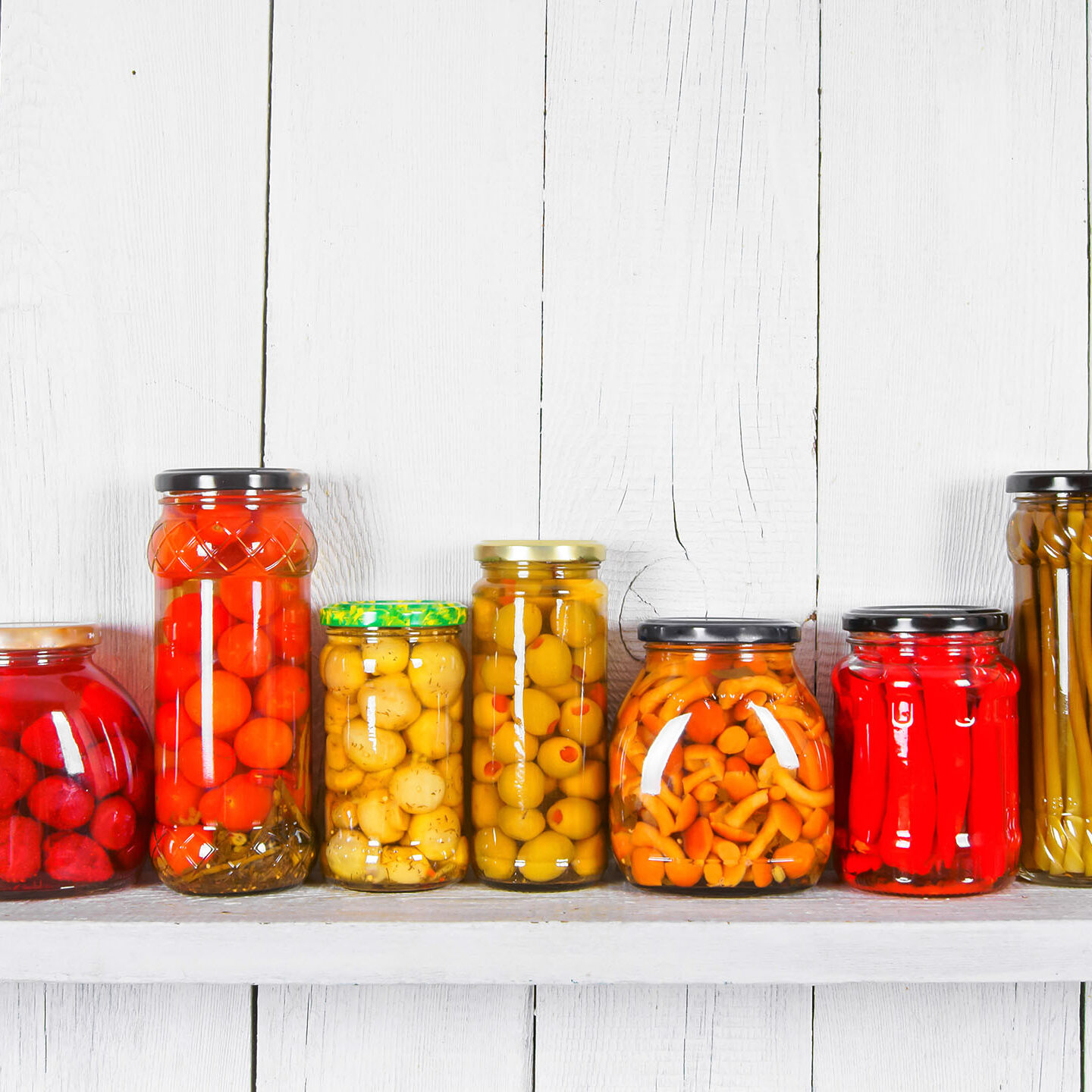
Technique: Pickling
Example: Mixed pickle plates, pink pickled onions, pickled watermelon rind.
Technique: Drying
Example: Dehydrate bruised fruit, dry wilting herbs, citrus peels.
Technique: Preserving and fermenting
Example: Kimchi and sauerkraut, jam and curd, fruit peel vinegar.
4) Creating dishes from surplus food
The aim is to make use of surplus food that has been donated by supermarkets, suppliers or other sellers. Think of it as the ultimate Ready, Steady Cook challenge, where you’re tasked with creating something delicious from a selection of donated ingredients.
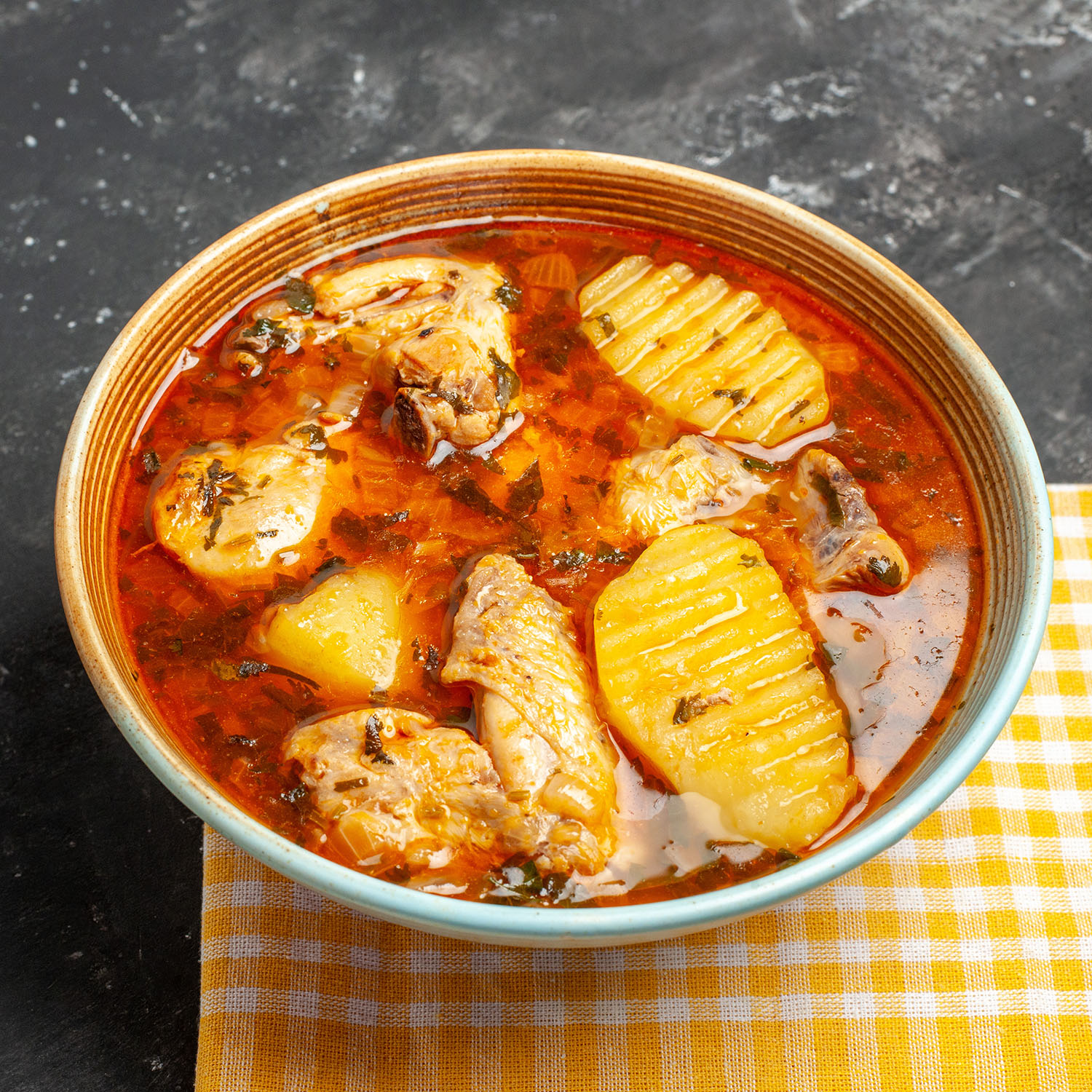
Technique: The ball’s in your court!
Example: Excess perishables could be turned into sauces, soups or purees.
For more inspiration, check out Amsterdam restaurant Instock, whose menu is made up of 80 –100% surplus food.
Drink
It’s not all about the food.
Incorporating zero waste techniques into your drinks menu is another great way to reduce what routinely goes in the bin. Whether it’s a refreshing soft drink or boozy tipple, we’ve put together some ideas for how you can get creative behind the bar.
1) Rethinking existing ingredients
Fruit shrubs
All the rage in the cocktail world, shrubs add an acidic fruity boost to any drink. Made from sugar, vinegar and fruit (and herbs and spices if you fancy), shrubs are an ideal way to use up any fruit scraps (eg strawberry tops, apple peel) or bruised fruit you can’t use elsewhere. Here are a few examples of how to use fruit shrubs:
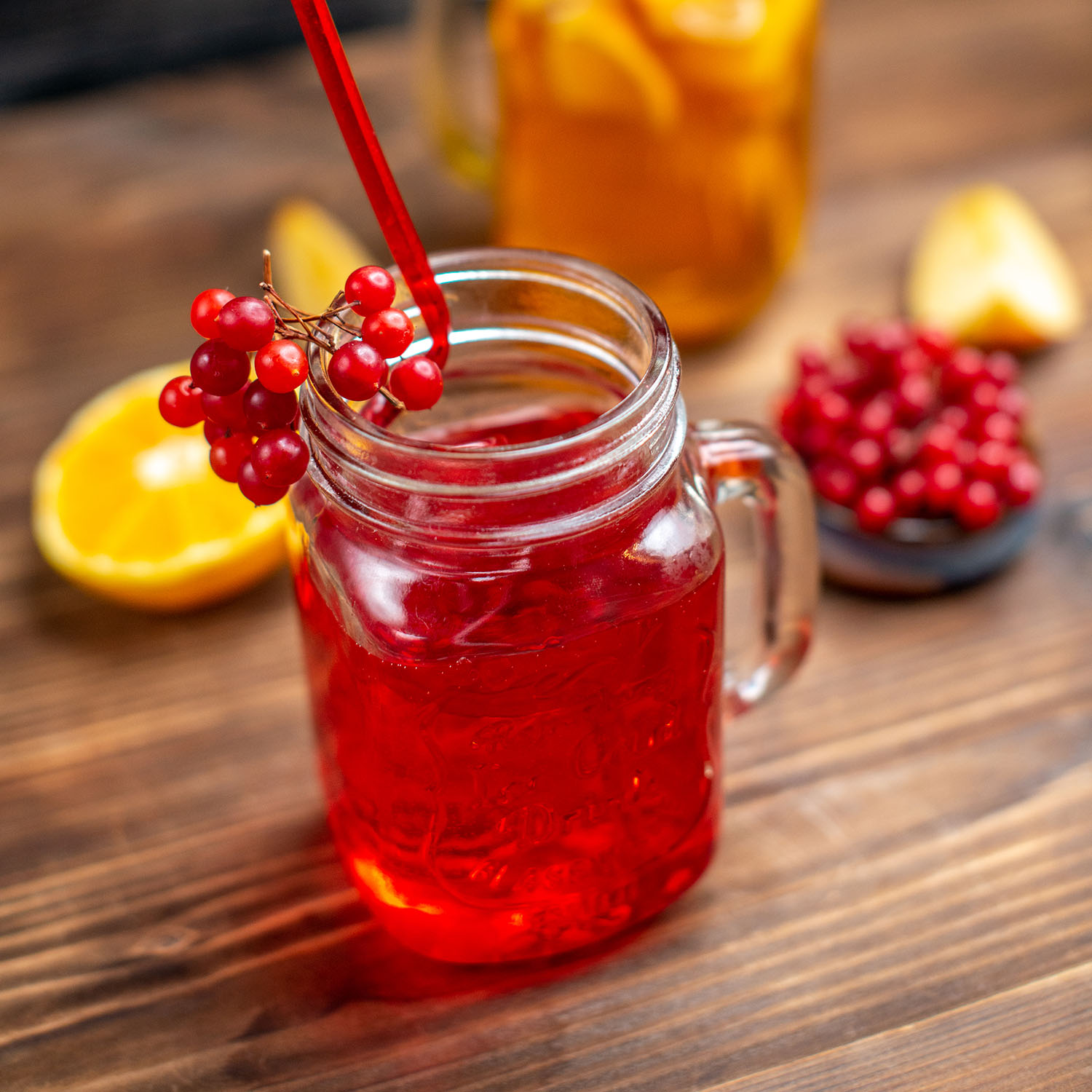
Peach shrub Collins (gin, peach shrub, sparkling water).
Pomegranate shrub Cosmo (vodka, Cointreau, pomegranate shrub and orange bitters).
Add your fruit shrub to sparkling water, tonic or soda water with plenty of ice for a perfect thirst quencher.
You can find some other shrub cocktail recipes here.
2) Showcasing unfashionable/unloved produce
Flavour your hard stuff
Who hasn’t enjoyed a limoncello (or three) on holiday? Flavoured spirits don’t have to stop there. Why not get creative and infuse your booze with citrus peels, bruised fruits or bits that just don’t make the cut on the plate.
We’ve put together a few examples:
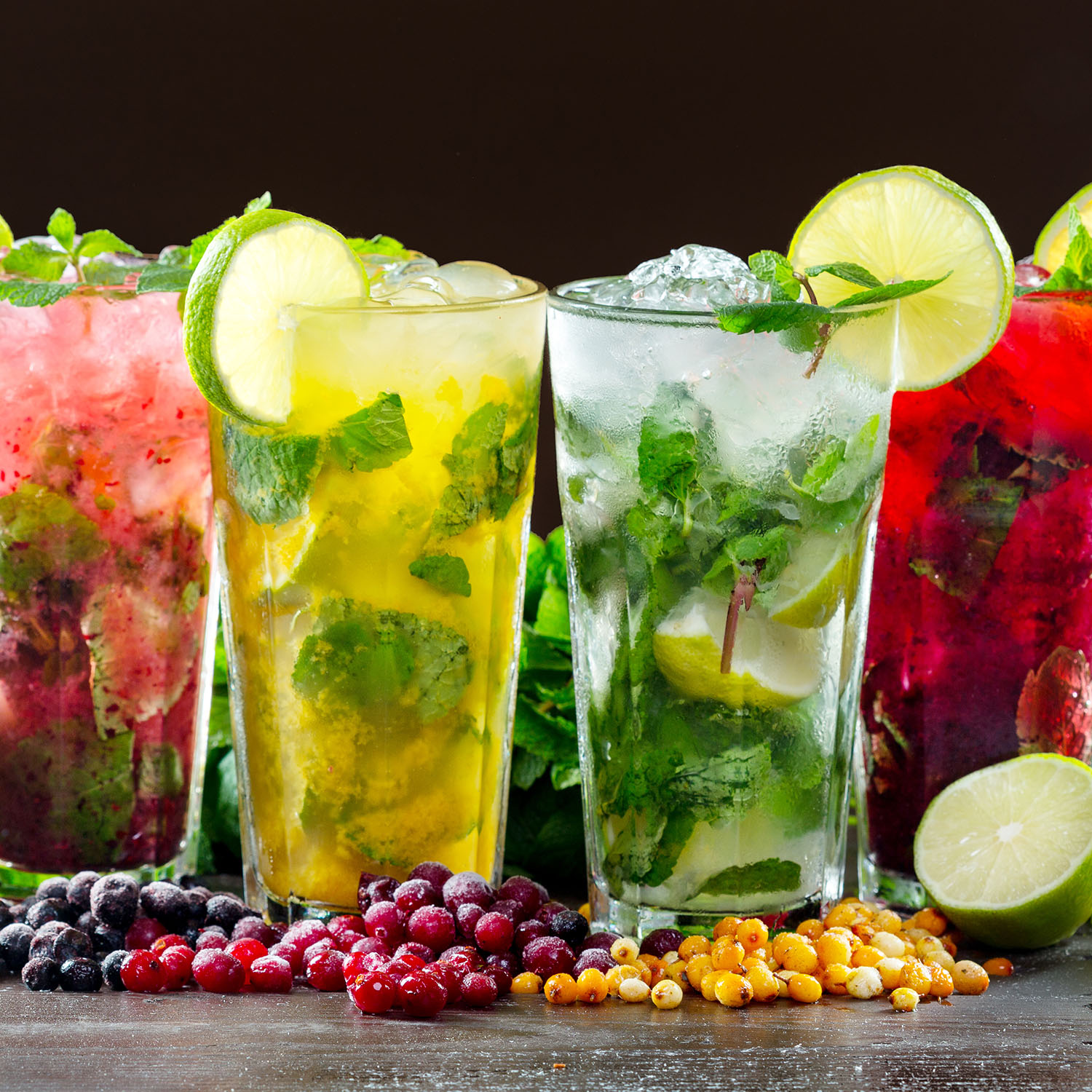
Lime infused tequila. Nothing goes better with tequila than fresh lime. Why not infuse a bottle of tequila with leftover lime husks. Perfect served as a shot with a pickled chilli on the side.
Pineapple infused rum. Steep the core, skins and leftover fruit in rum – you’re already halfway to a piña colada!
DIY bitters. Cocktail aficionados can turn discarded orange peels into homemade orange bitters (a basic recipe includes orange peel, cloves, cardamon pods, vodka, and a little patience).
You can find other spirit infusion ideas here.
3) Making use of food preservation techniques
Syrups and purees
From jazzing up a glass of water, to making your cocktail sing, syrups and purees make a great addition to any drink. What’s more, they can be made from parts of ingredients that are often thrown out. Worried they don’t keep? Purees are also freezer friendly (ice cube trays are great for portioning).

Pineapple syrup (pineapple skins, water, sugar, and cinnamon sticks).
Bruised fruit puree. Purees like strawberry or peach work a treat in prosecco-based cocktails.
Carrot lemonade. Yes, really! Add a glug of carrot-lemon syrup (carrot peels, lemon juice, orange juice and sugar) to a glass of ice and sparkling water for a sweet thirst quencher.
You can find other puree and syrup drink recipes here.
4) Creating drinks from surplus food
Smoothies and shakes
Smoothies and shakes are an ideal way to use up any fruit and veg that’s had a few scrapes and grazes. Not only that, they’re the perfect way to use up skins, rinds and peels – which are often edible, full of goodness and usually forgotten. And the best bit? Flavour combinations are endless.
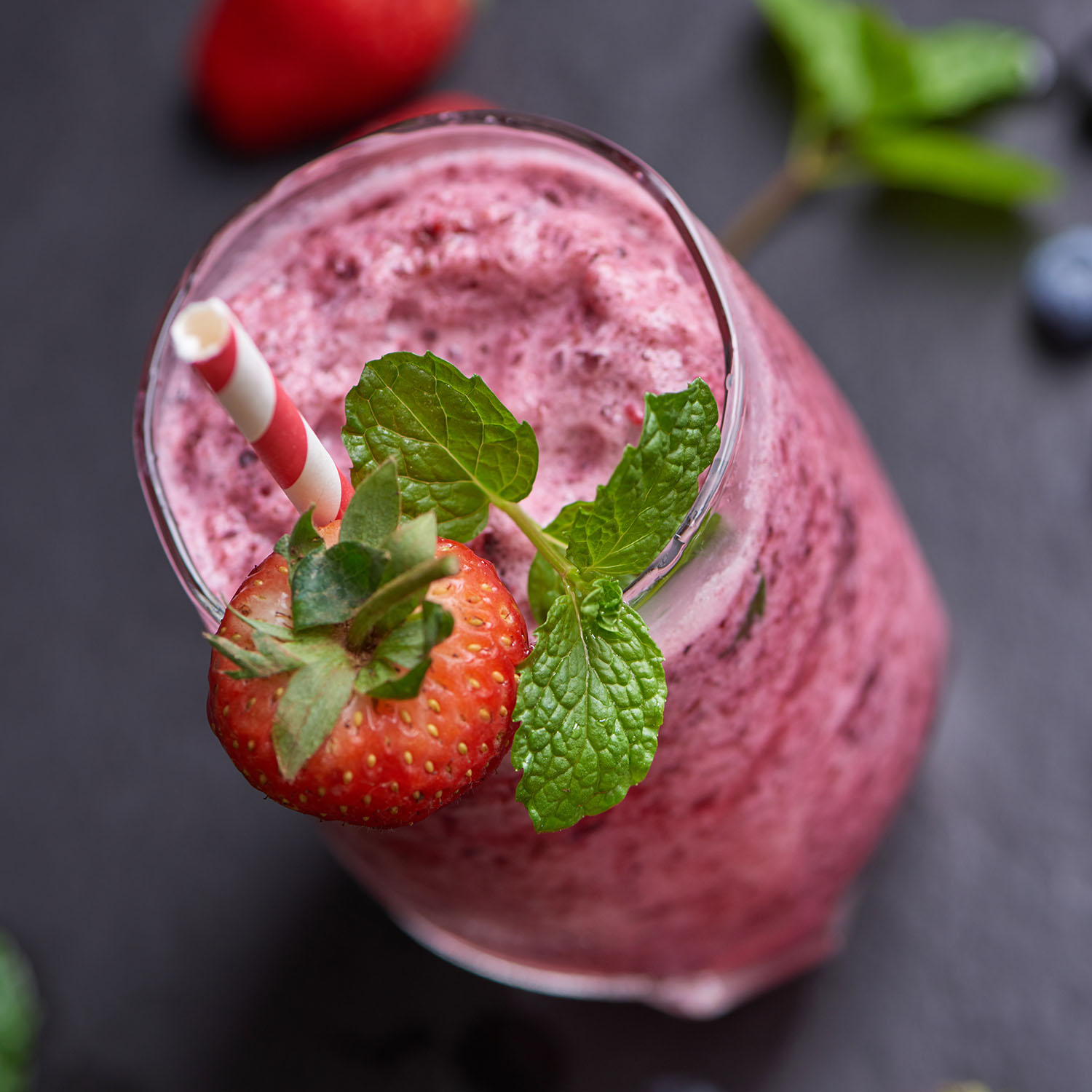
Banana (skin) milkshake (whole banana, milk (or non-dairy alternative) and honey).
Kiwi, spinach and blueberry smoothie (kiwi (skin on), spinach, banana (skin on) and blueberries).
For more zero-waste drinks ideas, why not have a look at what Nine Lives are doing with their cocktails.
Missed your chance to take part in Plate up for Glasgow?
Don’t panic! While the campaign might have officially ended, we’re still keen to encourage businesses in their long-term food waste reduction ambitions.
Why not check out the Hospitality Toolkit and challenge your team to come up with your own waste saving offering for your menu?
Have you given it a go? Don’t forget to tell us so we can share your story. Looking for further support? Drop us a line at: hello@plateupforglasgow.co.uk to see how we can help.
